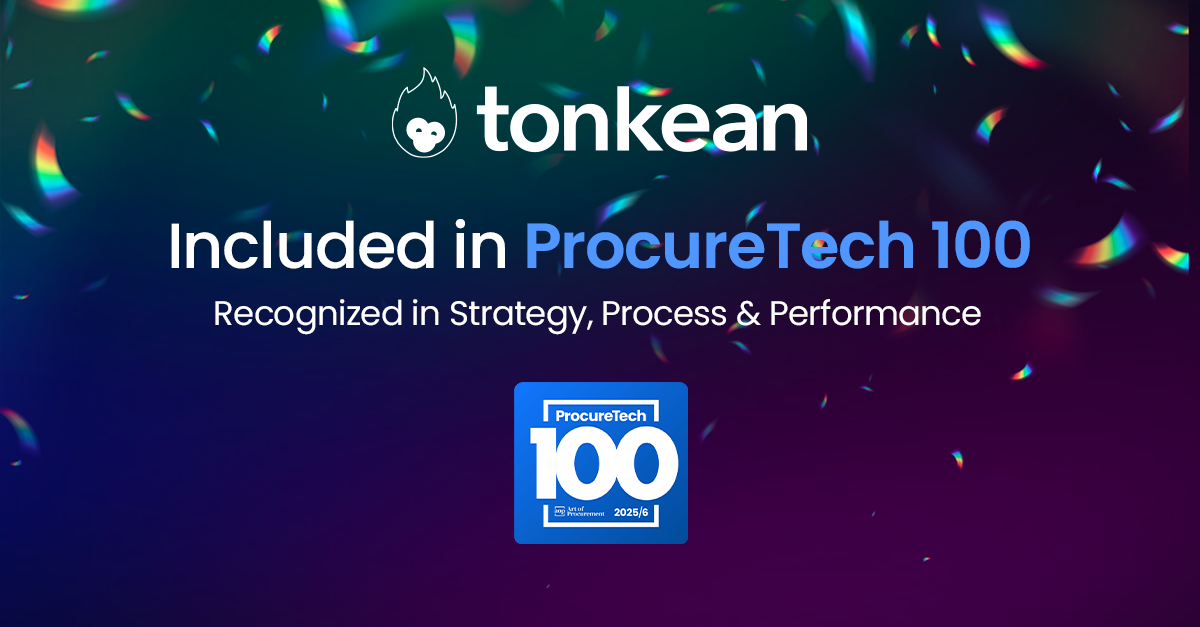
The topic of intake orchestration is just one of many parts of the overall procurement process—a topic which we discussed in depth in this white paper, Procurement Orchestration 101: A Primer for Procurement Leaders on Process Orchestration. Download it now!
When it comes to creating great process experiences with procurement orchestration tools, it all starts with intake.
For employees, that’s their first impression. For procurement teams, if your processes break down at intake, or if your intake experiences dissuade or repel employees immediately, you’re dead in the water.
But intake can be daunting, because most procurement requests come in from a variety of sources. It’s difficult to facilitate seamless, effective intake experiences that please everyone in most procurement organizations today. Too often, people don’t follow the established intake process. Many people would prefer to submit their requests from the apps they’re already using, or even perform their intake processes inside another app, like Coupa.
Largely, procurement intake management systems haven’t been adapted to accommodate this reality. That leaves procurement professionals to compensate with extra work. Meanwhile, requesters are annoyed. And worse, requests take longer to resolve.
But let’s take a step back: Process orchestration is a way to coordinate, streamline, consolidate, automate, and centrally monitor workflows and business processes across your organization’s mix of applications, teams, and data systems. Process orchestration platforms help procurement teams go about this work, enabling them to better execute, automate, manage, optimize, and track business processes.
Those platforms operate from out of the “orchestration layer” of your operational infrastructure, which sits above an organization’s tech stack and wraps around and accommodates all your organization’s various documents, databases, policies, and systems.
So what is intake orchestration, and how does it fit with process orchestration?
Intake orchestration platforms empower procurement teams to create and deliver intelligent, personalized, application-agnostic, and back-end unified intake experiences.
Intake orchestration is a huge deal, but it’s one part of a procurement orchestration platform. It’s important to understand how it fits into that larger context. Here are the key components of a great procurement orchestration platform:
Intake orchestration starts with giving procurement teams a way to create and automate procurement processes. But there are certain conditions that define truly valuable intake orchestration experiences:
The above is what we followed when we designed Tonkean’s ProcurementWorks, a process orchestration platform that provides a comprehensive orchestration experience. It offers a no-code workflow editor, and includes a wide range of out-of-the-box procurement workflows, including those designed to automate invoice processing and vendor onboarding.
You can use it to orchestrate approval and handling across existing tools, align experiences to your processes and policies, gain end-to-end visibility of the entire lifecycle, and plug in a rich ecosystem of out-of-the-box and custom data source integrations.
ProcurementWorks accommodates an application-agnostic, unified intake and approvals experience, and it uses Azure AI/GPT to power the experience of the AI Front Door, which lets employees make requests using natural-language queries.
The workflows you use and build within ProcurementWorks, along with the processes you orchestrate through it, will meet employees wherever they are, and collaborate with them on their terms in accordance with their unique needs and contexts in order to usher action items along to completion.
It’s a powerful way to create an optimal intake orchestration experience for procurement teams and requesters alike.
Intake is a crucial part of the procurement process because it’s the first point of contact for requesters. If that first step in the P2P process is easy for requesters to find and understand, you’re setting yourself up for success. It ensures that people will actually follow your processes. And when people follow your processes, you’ll see a reduction in risky and hard-to-track rogue and maverick spending.
Think of it like getting the train on track—if you get that part right, the rest of the journey becomes significantly easier, smoother, more efficient, and safer.
On the other side of the coin, a poor intake experience invites risk, increases volatility, and reduces visibility. At the very least, it lowers efficiency and slows down processes, especially because low process adoption leaves procurement operations teams to compensate with lots of time-consuming and manual work.
Procurement teams already know these pain points. Fifty percent of organizations don’t have high visibility into their tier-1 suppliers, and 69% of organizations blame process adoption for increasing rates of maverick spend.
Organizations need to deliver a superb intake experience—for the sake of requesters and procurement teams alike.
Overall, organizations that deploy procurement orchestration platforms are better positioned to increase the efficiency, adaptivity, and performance of their processes and will see increased process adoption. That’s because they can design and deploy processes that put people first, and tap into how humans will actually adopt and use them.
Much of it is really about the user experience—viewing tasks, workflows, and processes through a human lens. That way, you’re meeting people where they are instead of trying to force them into processes, policies, workflows, and procedures that make sense on paper but not in real life.
When you do that, you set yourself up to do the following:
Important to note: intake orchestration platforms are not end-to-end solutions. Ultimately, they help you use your existing mix of tools, people, and data more effectively—including platform solutions like Coupa or SAP Ariba. They’re not meant to replace these things.
Instead, they help you improve the experience of interacting with them—by helping you incorporate them into a more people-centric operating strategy capable of working for everybody.
Want to learn more? Check out this in-depth primer about how to get started with intake orchestration over in our eBook library.

